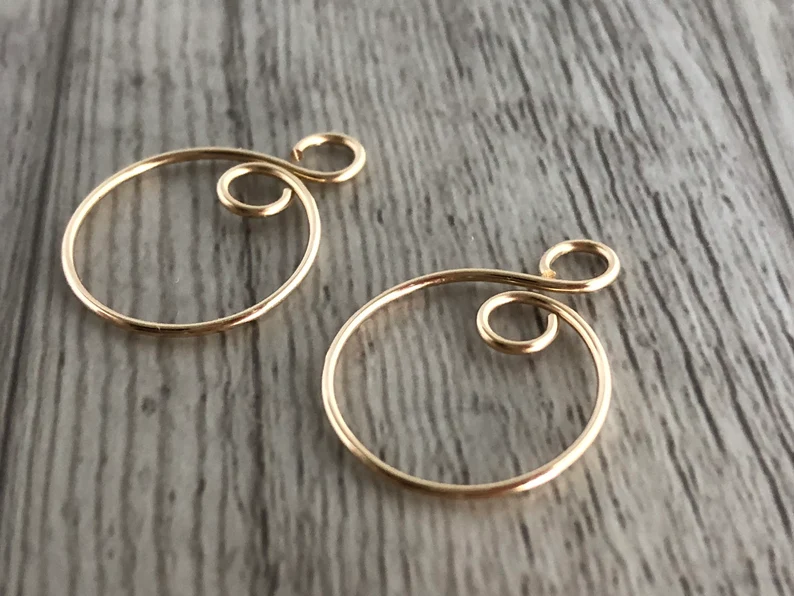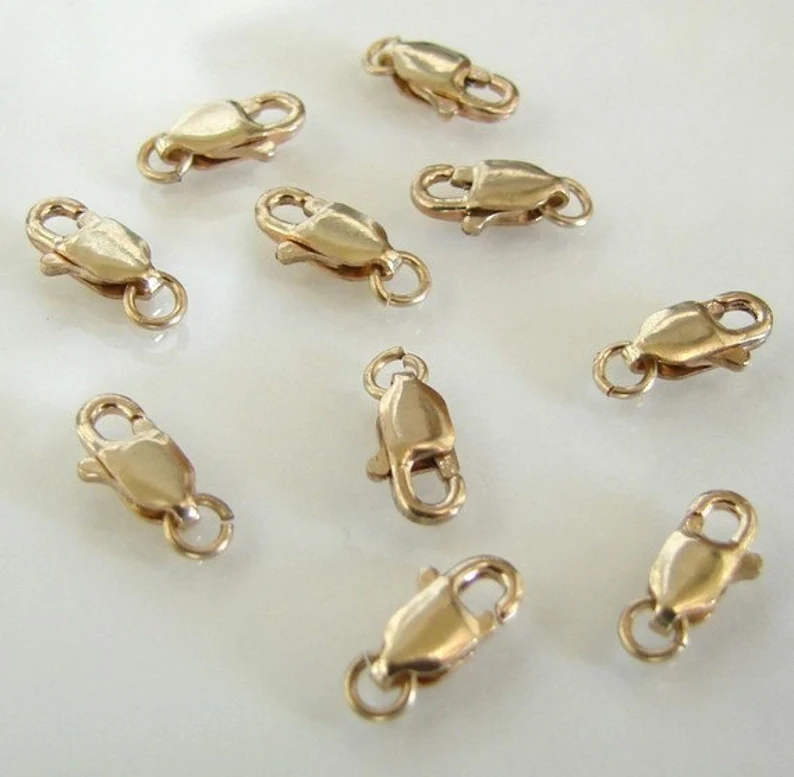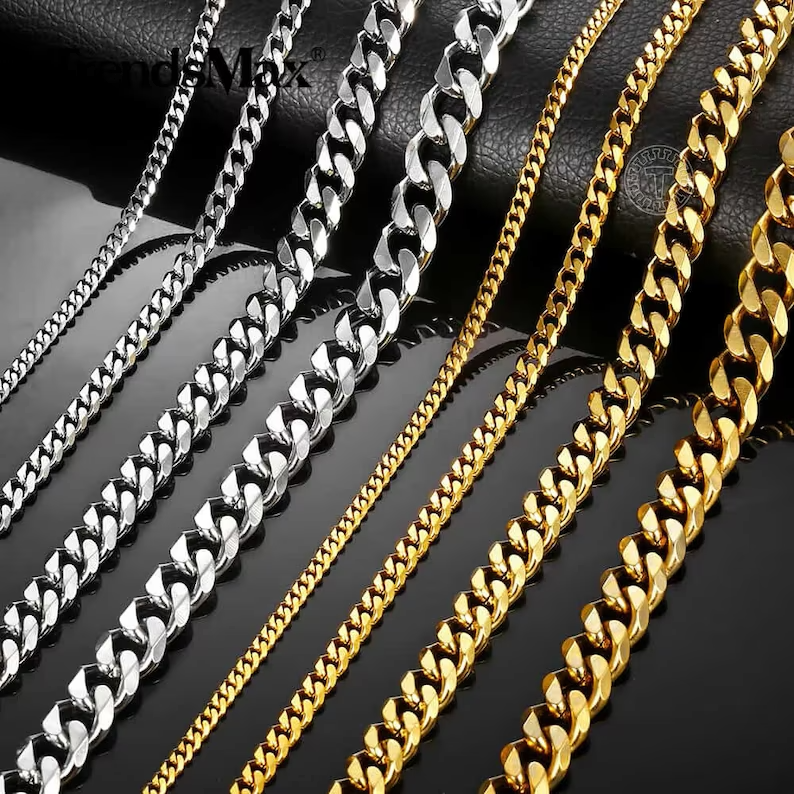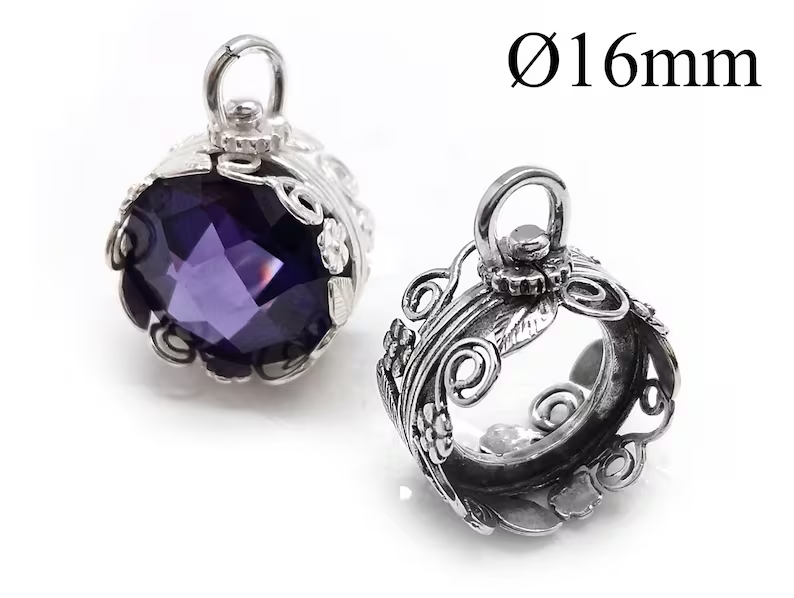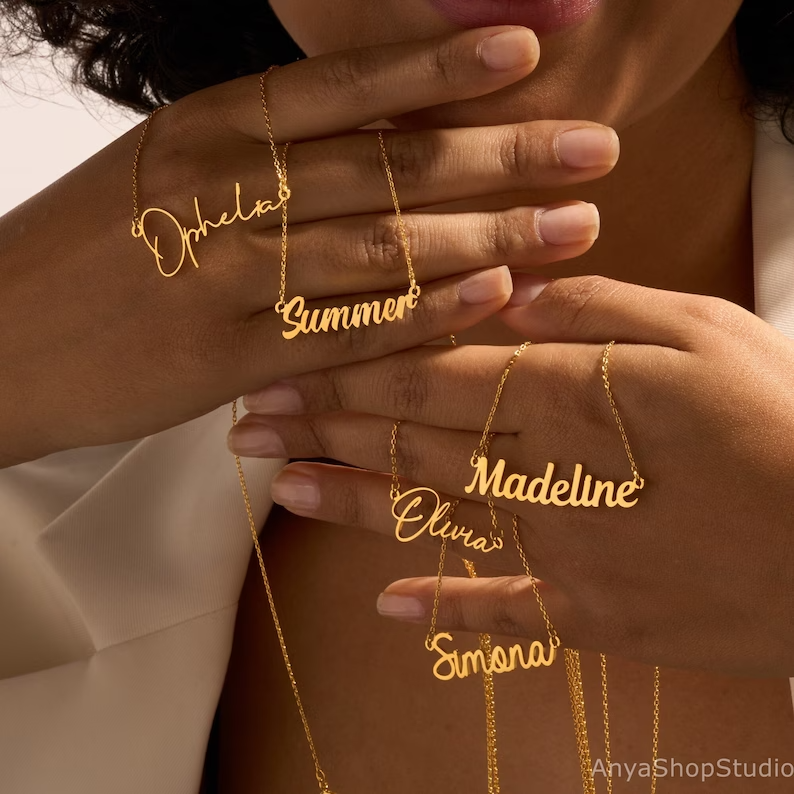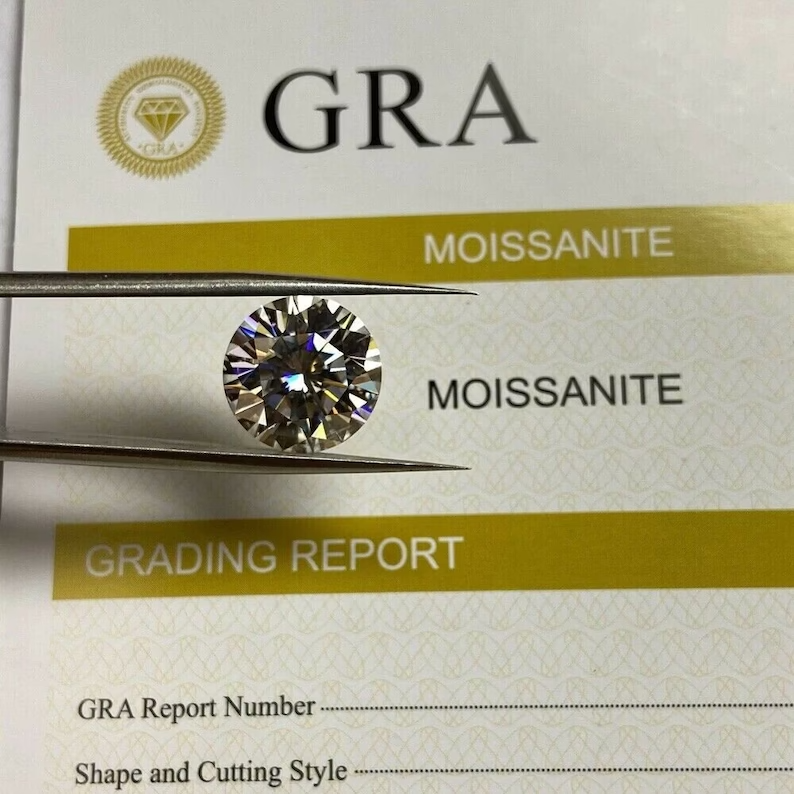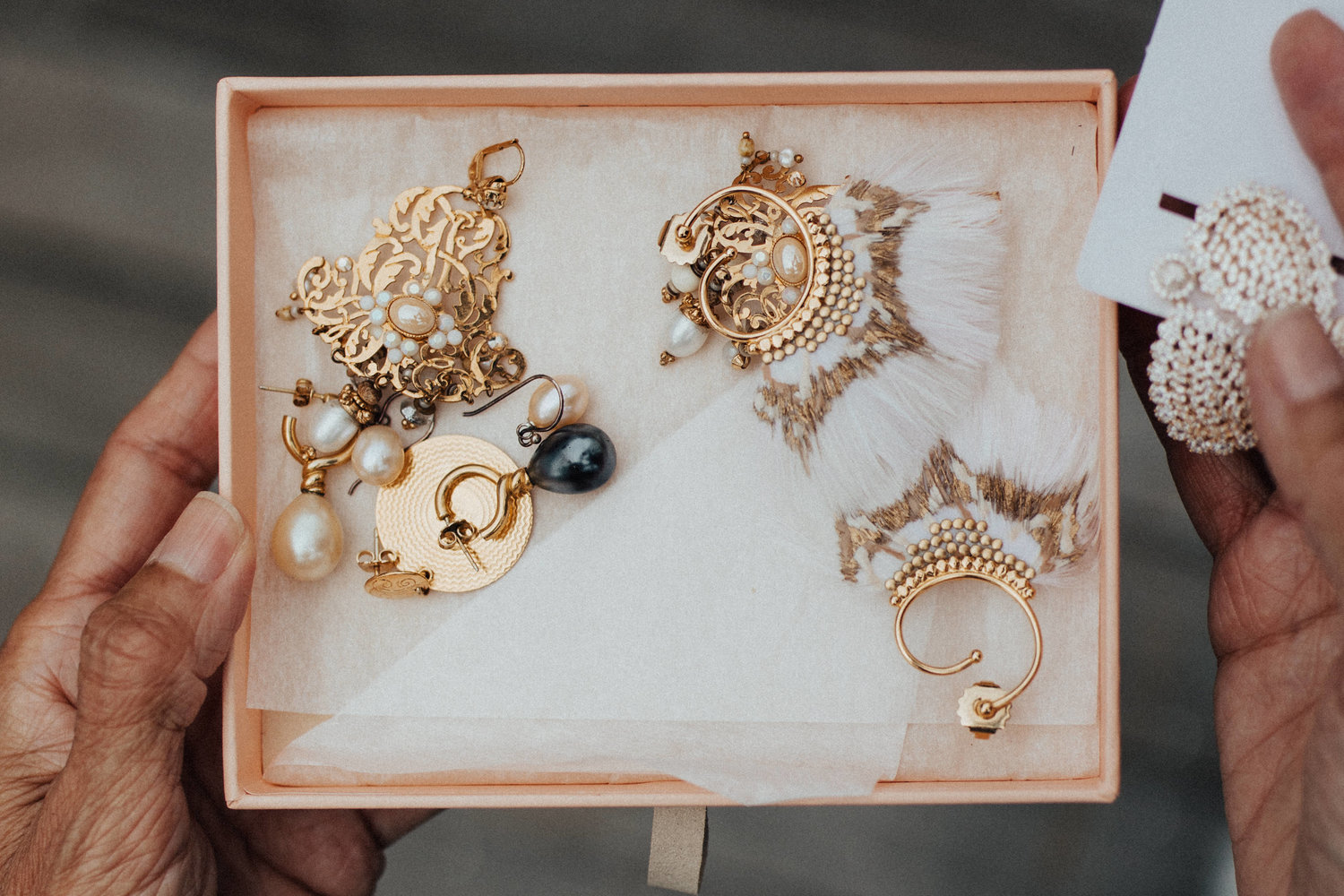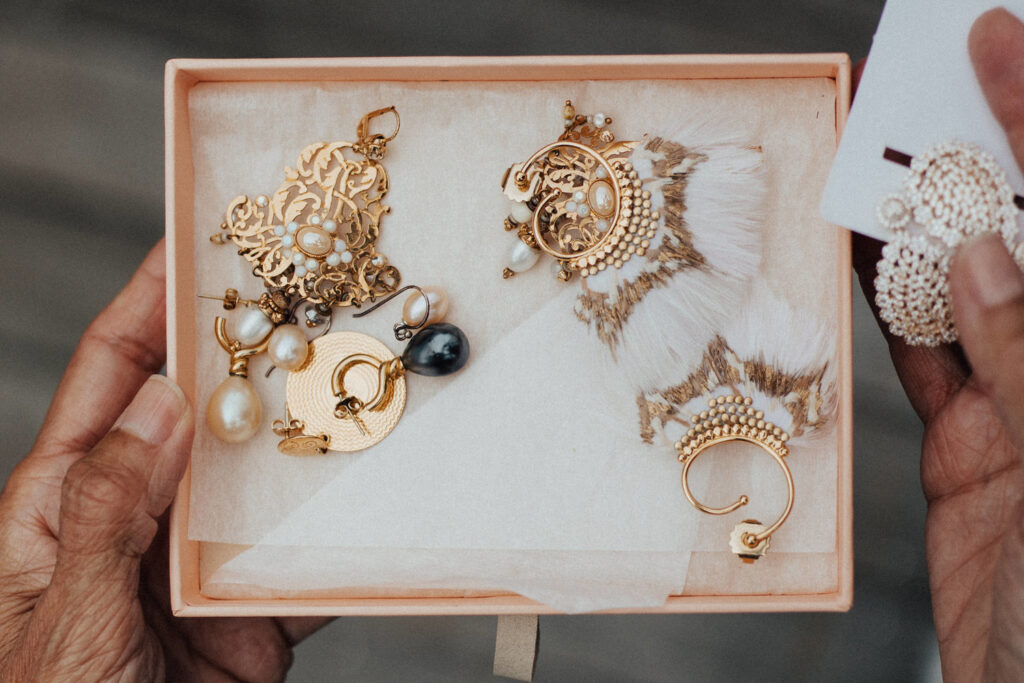Introduction
Jewelry has always held a special place in our hearts, symbolizing love, beauty, and self-expression. Behind each exquisite piece of jewelry lies a creative genius—the jewelry designer. These artists possess the unique ability to transform precious metals and gemstones into wearable works of art. In this blog post, we embark on a journey into the enchanting world of jewelry design, exploring its significance, the creative process, and the magic that brings jewelry to life.
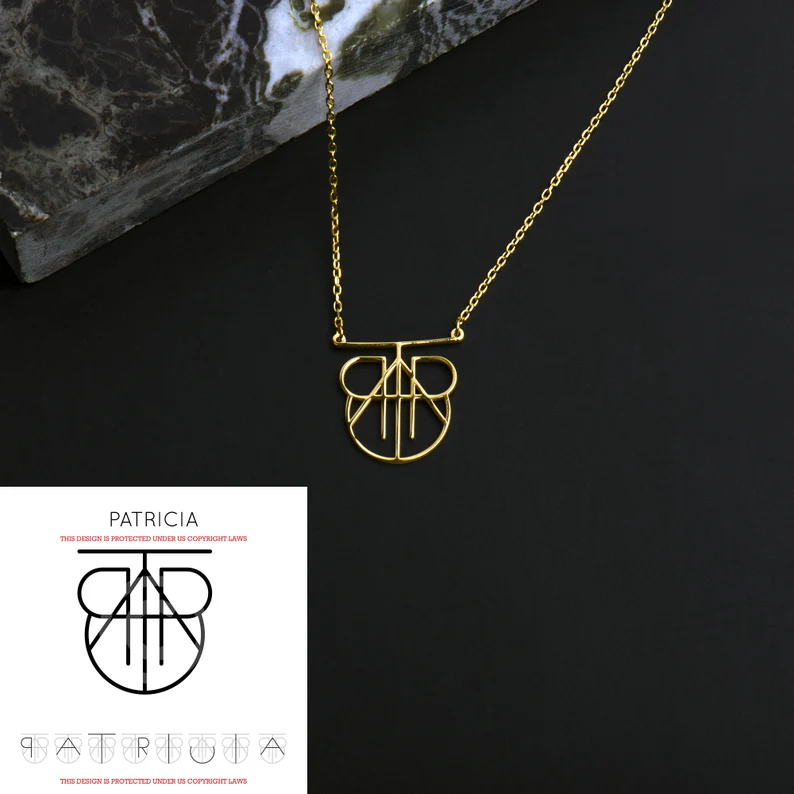
1. The Significance of Jewelry Design
Jewelry design is more than just aesthetics; it’s a form of storytelling and self-expression:
- Emotional Connection: Jewelry often carries sentimental value, connecting us to cherished memories and loved ones.
- Individuality: Each piece of jewelry is a reflection of personal style and taste, making it as unique as the wearer.
- Artistry: Jewelry design is a form of artistic expression, where designers pour their creativity into crafting wearable masterpieces.
2. The Creative Process
Behind every stunning jewelry piece is a meticulous creative process:
- Inspiration: Designers draw inspiration from various sources, such as nature, architecture, or cultural motifs.
- Sketching: The initial concept is translated into sketches, allowing the designer to visualize the final piece.
- Material Selection: Choosing the right metals, gemstones, and materials is crucial for achieving the desired look and feel.
- Prototyping: A prototype or model is created to fine-tune the design and make necessary adjustments.
- Craftsmanship: Skilled artisans bring the design to life through techniques like casting, stone-setting, and engraving.
3. Types of Jewelry Design
Jewelry design encompasses a wide range of styles and types:
- Fine Jewelry: High-end pieces often feature exquisite gemstones like diamonds, emeralds, and sapphires.
- Fashion Jewelry: Trendy and affordable, fashion jewelry allows for versatile and expressive designs.
- Custom Jewelry: Custom designers work closely with clients to create one-of-a-kind pieces tailored to individual preferences.
- Art Jewelry: Artistic and avant-garde, art jewelry pushes boundaries and challenges conventional design norms.
4. The Role of Technology
Technology has revolutionized jewelry design:
- CAD (Computer-Aided Design): CAD software allows designers to create detailed digital models of jewelry pieces.
- 3D Printing: 3D printing enables the rapid prototyping of designs, reducing the time from concept to creation.
5. Sustainability in Jewelry Design
Sustainability is a growing concern in the jewelry industry:
- Ethical Sourcing: Designers are increasingly using responsibly sourced materials, such as conflict-free diamonds and recycled metals.
- Recycling and Upcycling: Jewelry designers are repurposing old pieces into new creations, reducing waste.
6. The Magic of Jewelry Design
Jewelry design is a fusion of creativity, craftsmanship, and emotion. Each piece tells a story, captures a moment, and celebrates the beauty of life. Whether it’s an engagement ring symbolizing love or a statement necklace expressing personality, jewelry design is the art of crafting beauty that transcends time.
Conclusion: Crafting Dreams in Metal and Stone
Jewelry design is a captivating journey where dreams are crafted in metal and stone. It’s an art form that celebrates beauty, individuality, and the profound emotions that jewelry evokes. From the initial spark of inspiration to the final polished piece, jewelry design is a testament to human creativity and the enduring allure of adornment.

